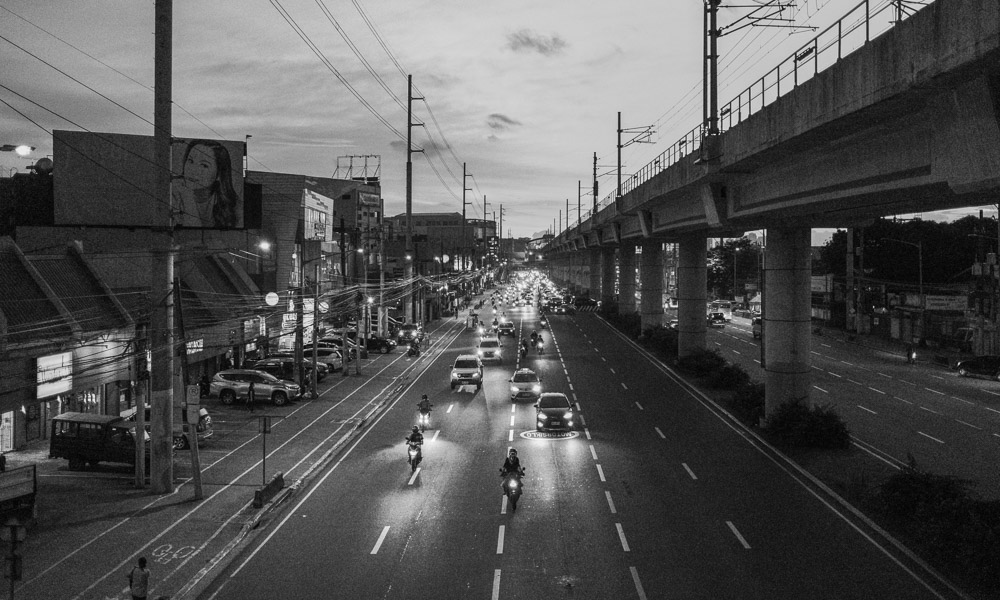
In the course of my work, one of the things that I hear people often say about themselves (besides “I’m a taxpayer” and “I’m an avid cyclist”) is “I’m a road safety advocate” or “I’m pro-road safety.” I mean, the statement in itself seems unobjectionable. Who is really going to say they’re anti-road safety or that road safety isn’t important to them?
However, you have to be critical here. A lot of people who claim to promote road safety often turn around and do things that are actually dangerous, instead of making the streets healthier and safer. Creepy, huh? Now, for the central question of this article:
Are you really a road safety advocate, or do you just want to drive fast?
Is there really a difference? I say there is, and not recognizing the difference can be hampering or even damaging a genuine road safety movement.
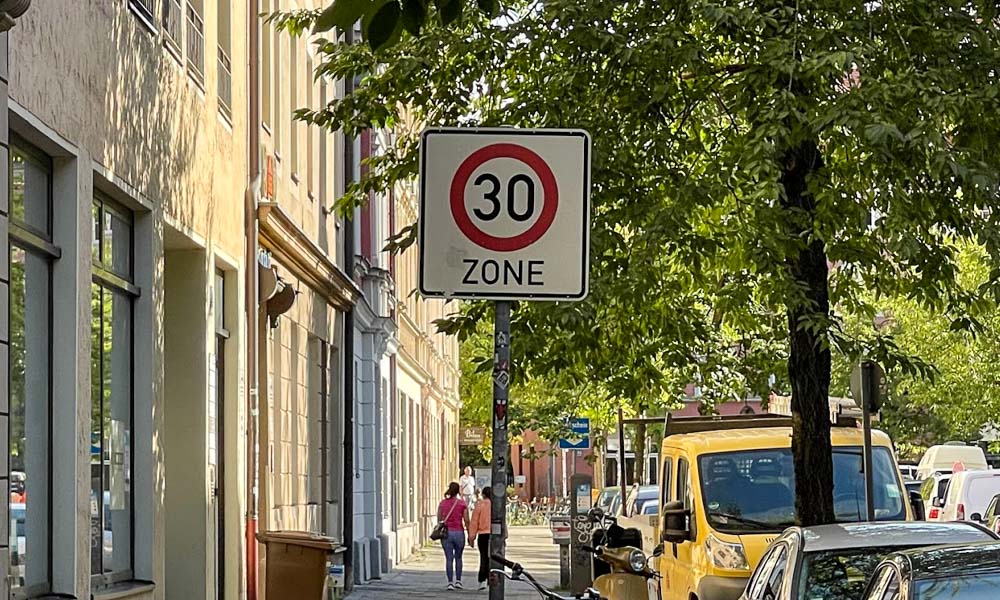
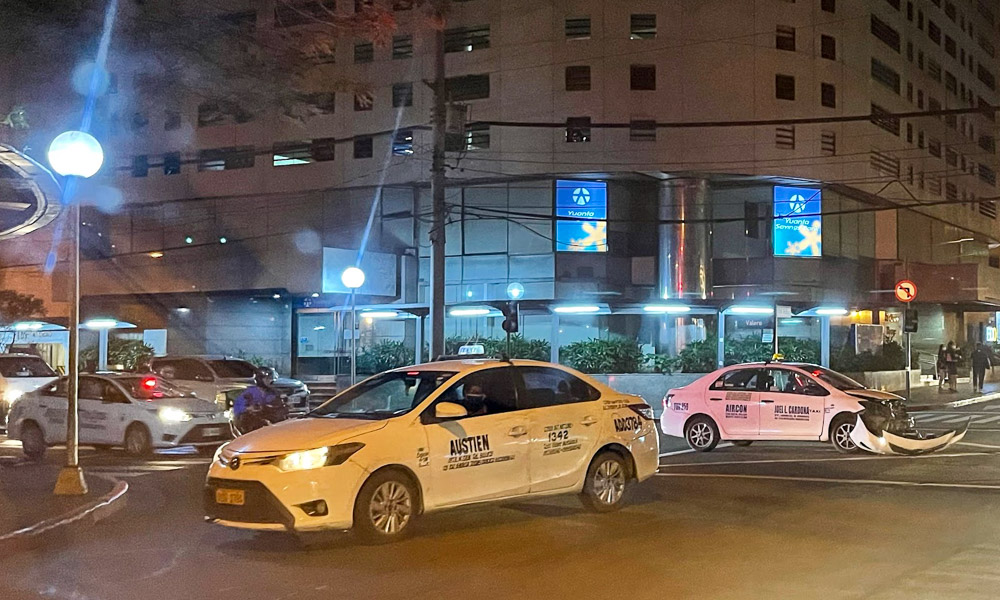
First, let’s look briefly at what constitutes a genuine and effective road safety movement or campaign. It would be about two things. First, it focuses on the most important metric: the reduction in road crash casualties. Second, real road safety campaigns primarily focus on the one factor that affects crash casualties more than anything: vehicle speed. Reduce vehicle speeds, and crash fatalities become less frequent and less severe.
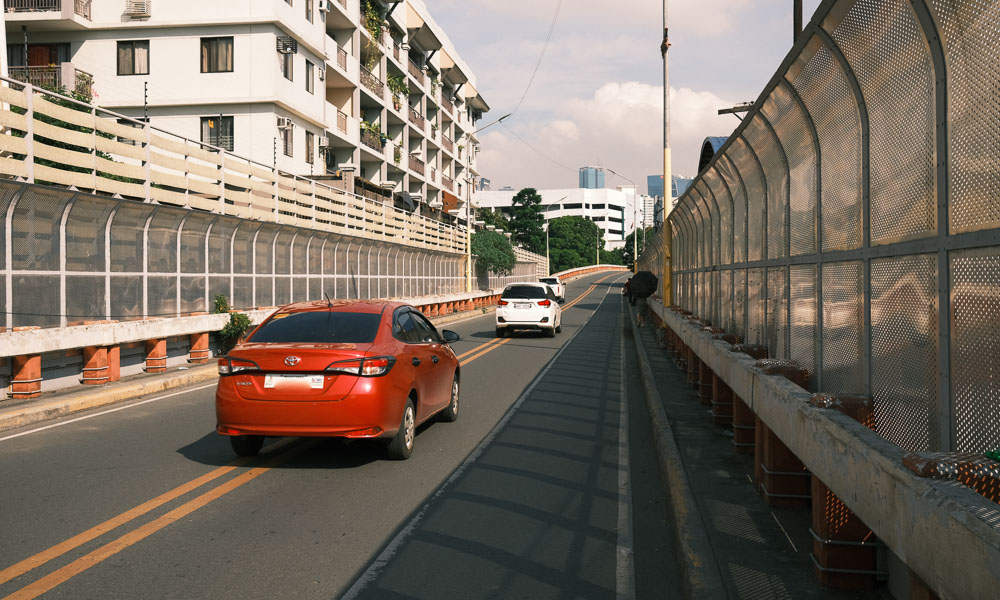
On the other hand, the essence of fast-driving advocacy is this: It calls itself “road safety” advocacy, but when you look under the hood, everything they propose is not really about safely sharing the road between cars, cyclists, public transport and pedestrians, but about getting them out of the way so that cars can drive fast without the annoying effort of having to use their brakes and pay attention to the road. Fast-driving advocates rarely focus on reducing crashes as a quantifiable metric, beyond simply saying that they want to “avoid” them while driving.
Once you realize that fast-driving advocacy exists, you start to see it rather easily. Take the following statements:
“I bike myself, but bikes should use side streets and not main roads.”
“I’m all for pedestrian safety. That’s why pedestrians should use footbridges. I use them, everyone else should.”
“Buses and bikes should stay inside their lanes. Oh, why am I parked there? It’s just for a minute!”
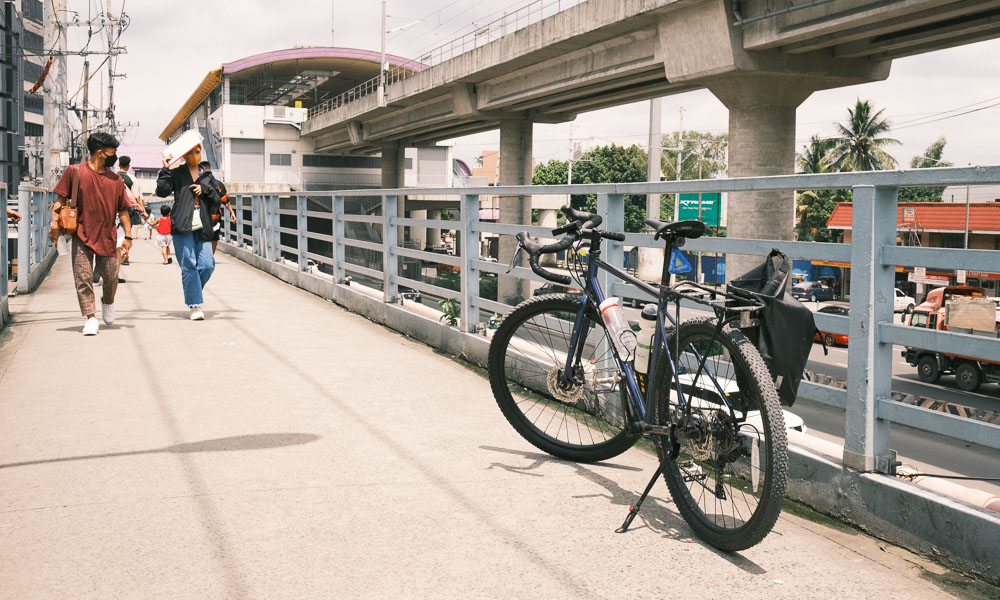
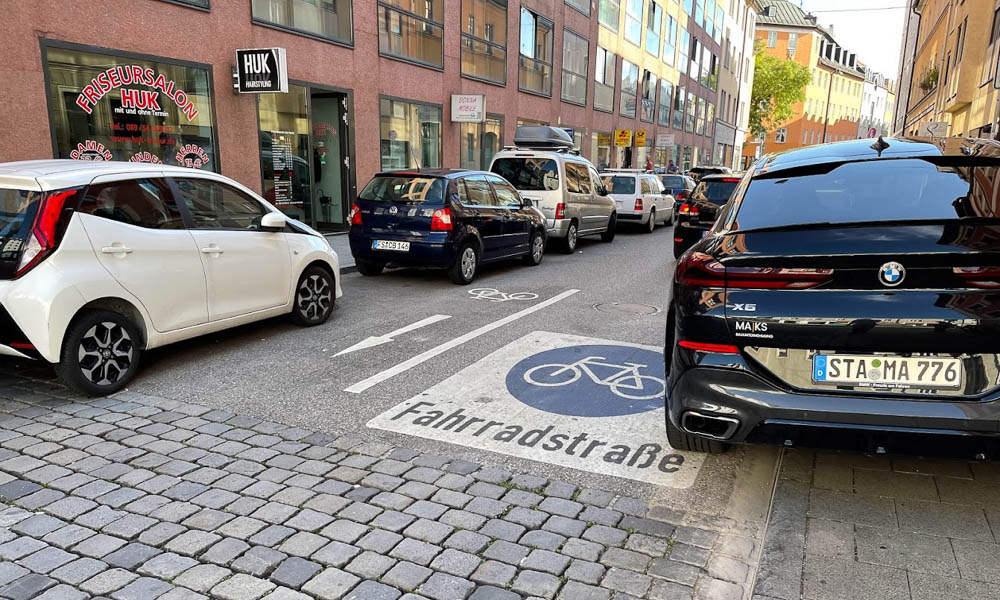
Now, to someone who drives a lot, that might make sense. Of course, if you put pedestrians on a footbridge when they cross, you’re less likely to crash into them. But the thing about solutions like that is that they reverse the power-responsibility relationship on the road: The pedestrians or the cyclists who pose less danger to the motorists than the motorists do to them are the ones who have to adjust in order to make the situation “safer.”
We force them to take routes that require more time and effort to use. And when you’re on foot or on a bike, your stamina is your tank of gas, so we force people to walk or bike more to get to the same places. It’s a harsher imposition than one may think on workers who commute and who cycle. And what do we get for it? Streets that are even less walkable and bikeable than before.
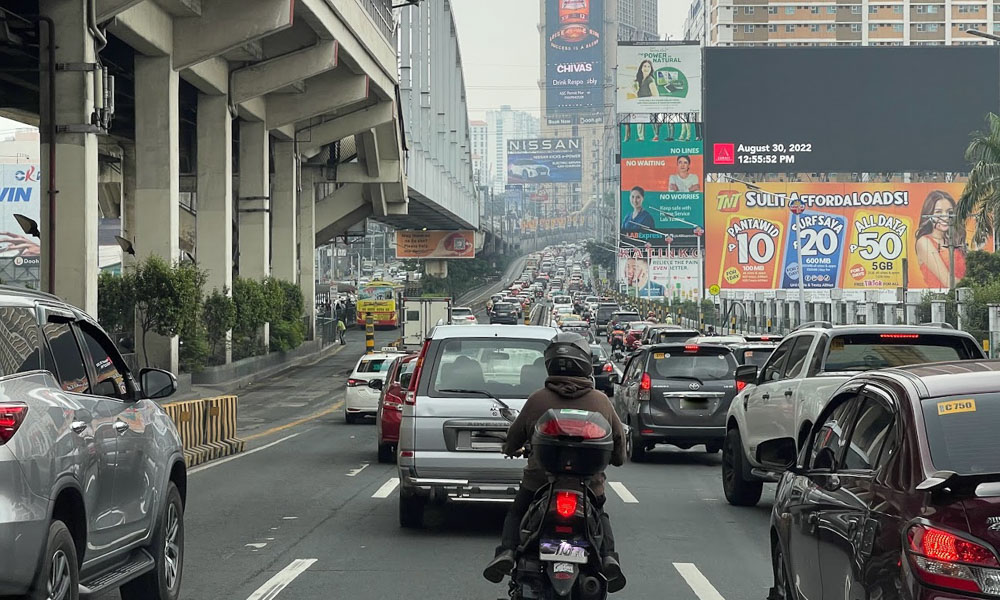
This is where it gets extra weird. By using “road safety” as a cover to remove all modes of transportation other than cars, fast-driving advocates are basically telling everyone that the road is for cars, and the public logically reacts by bringing even more cars to the road.
Surprise! You’ve created induced demand! And that is the ultimate paradox of fast-driving advocacy: Trying to make cars go fast by removing non-car road users just makes cars go slow in the end since too many cars cause congestion, and that’s all that people end up using. The end result of cities designed for “fast driving” is a whole lot of cars, but not much city. And while I say “cars” here, I really use it as shorthand for private motor vehicles in general, since motorcycles are subject to a lot of the same dynamics.
In fairness, there are people who genuinely think they’re pro-road safety, and just don’t know that they have been serving the cause of fast driving rather than safer streets. But news flash: If you say you’re for both, you’re not really for both. You’re just for fast driving. There is a place for fast driving—on expressways and on racetracks. But if your “road safety” work is trying to make driving faster in the parts of the city besides those, then you are making driving neither fast nor safe.

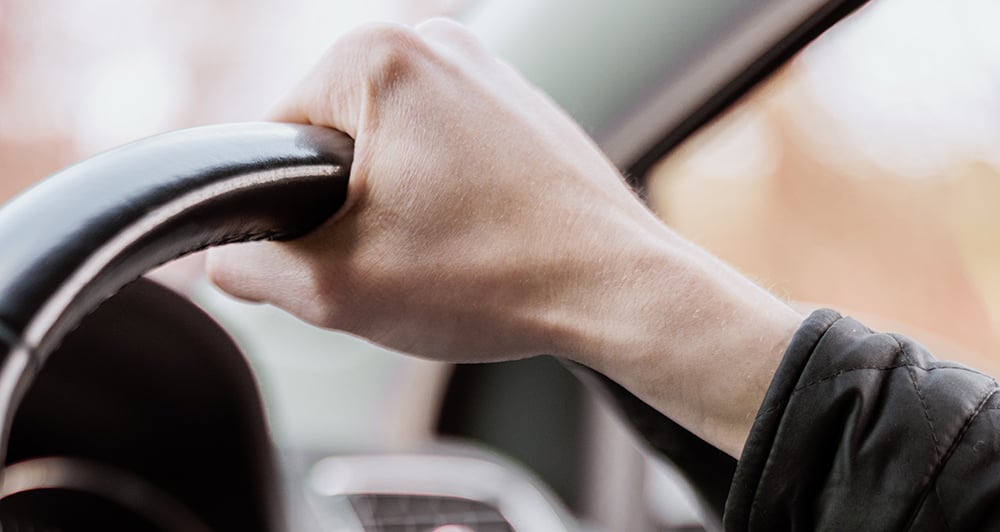
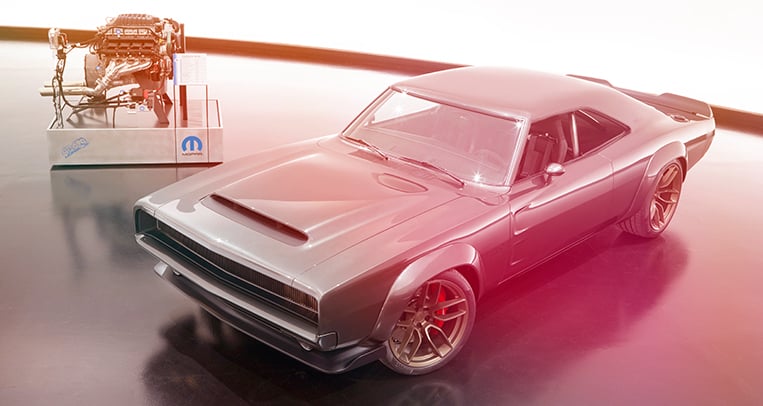
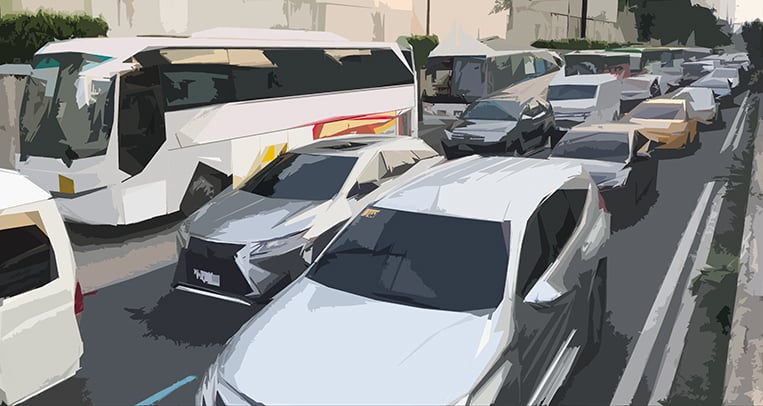
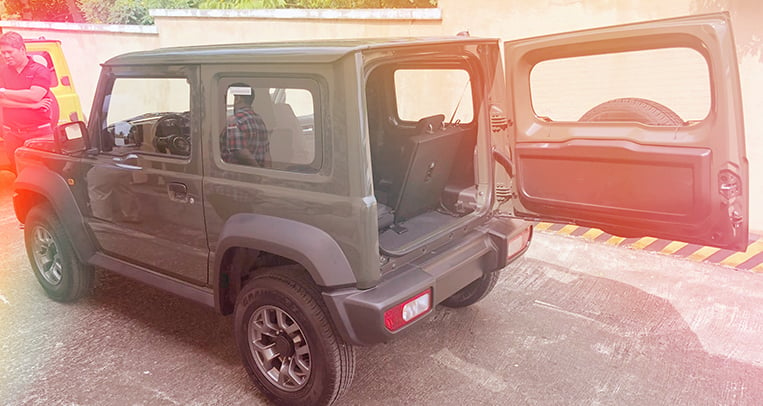
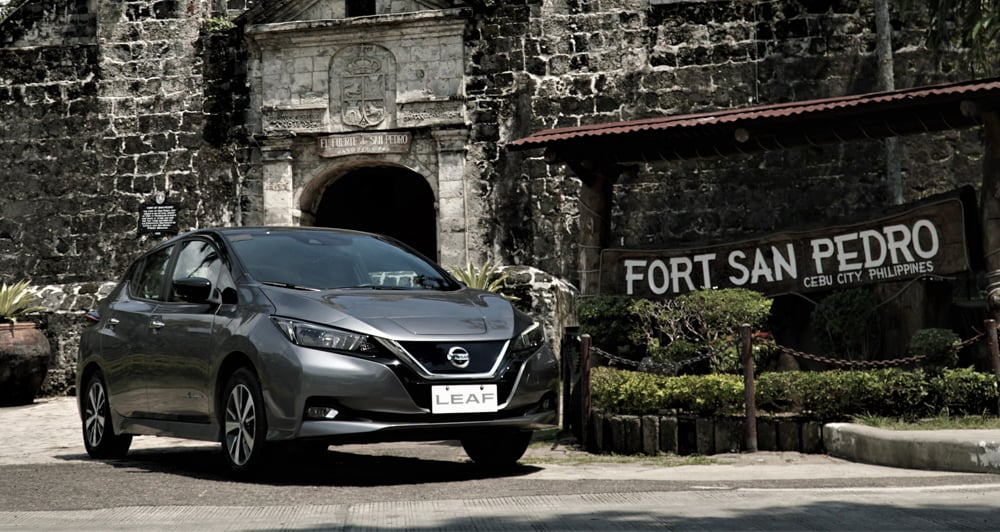
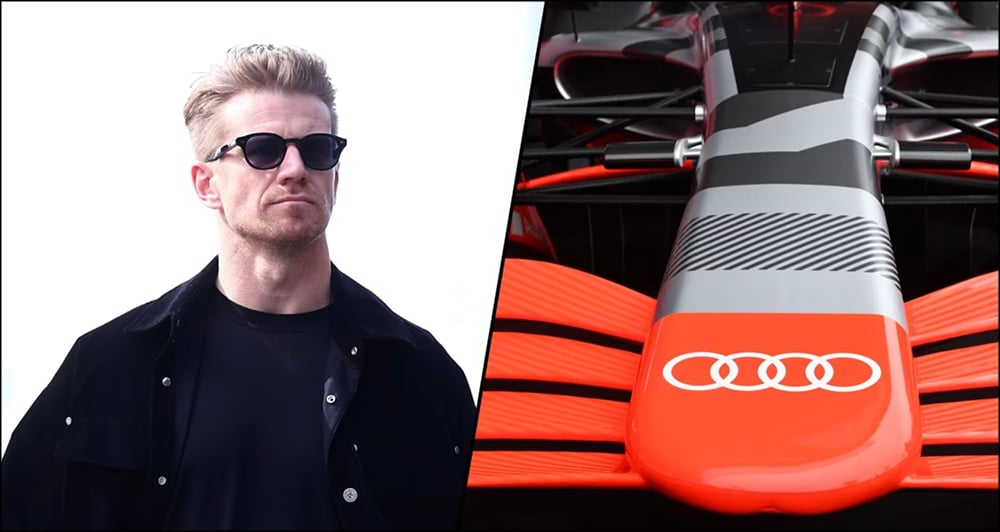
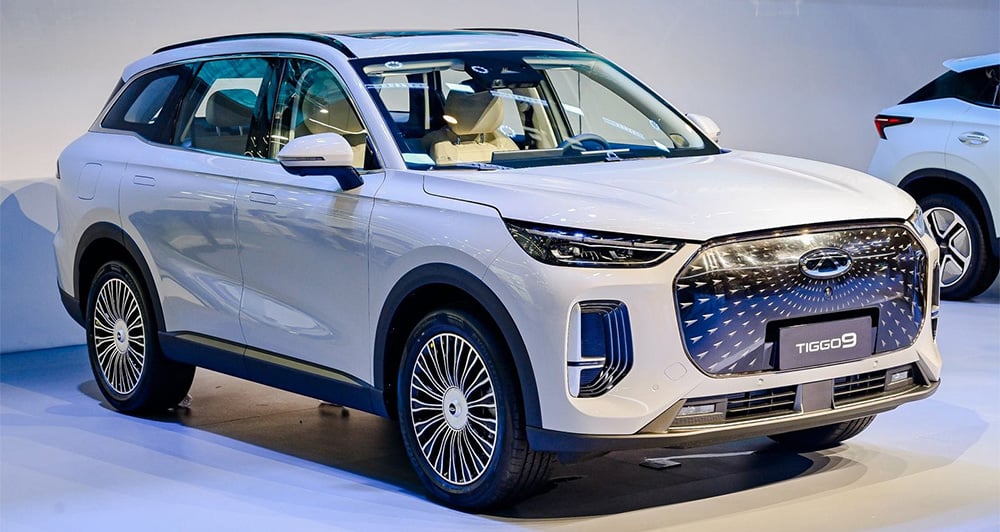
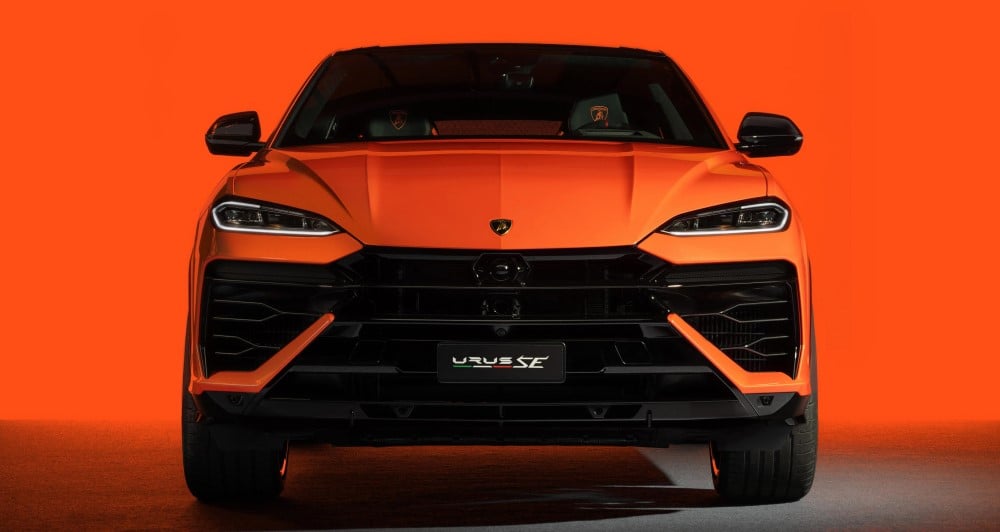
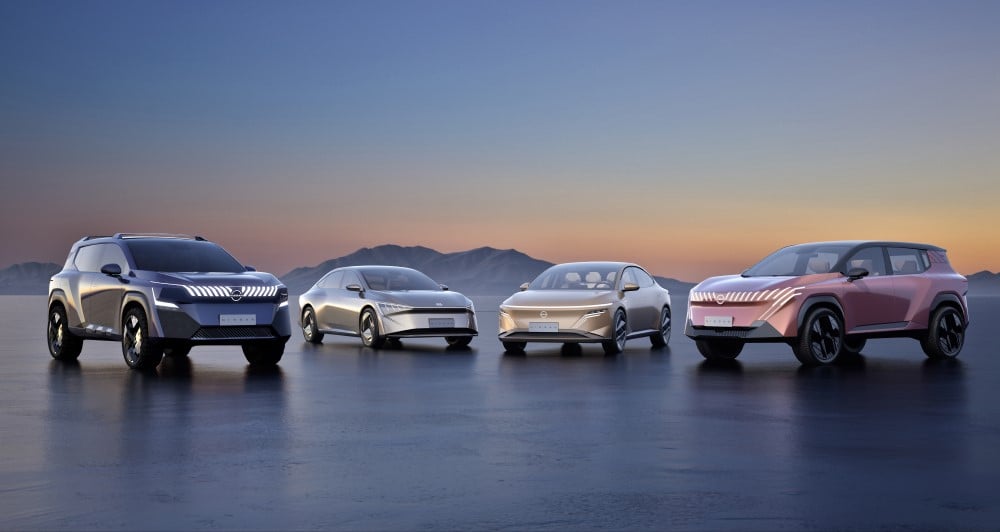
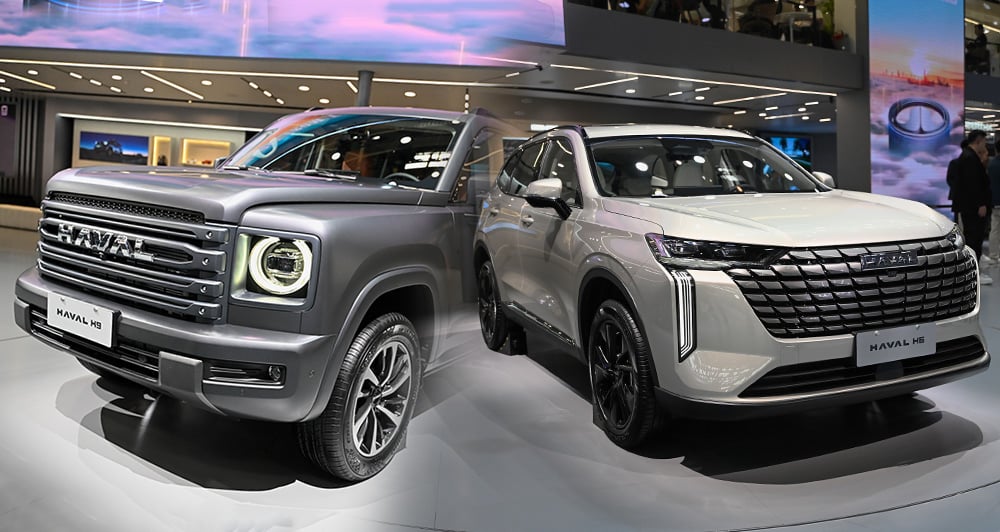
Comments